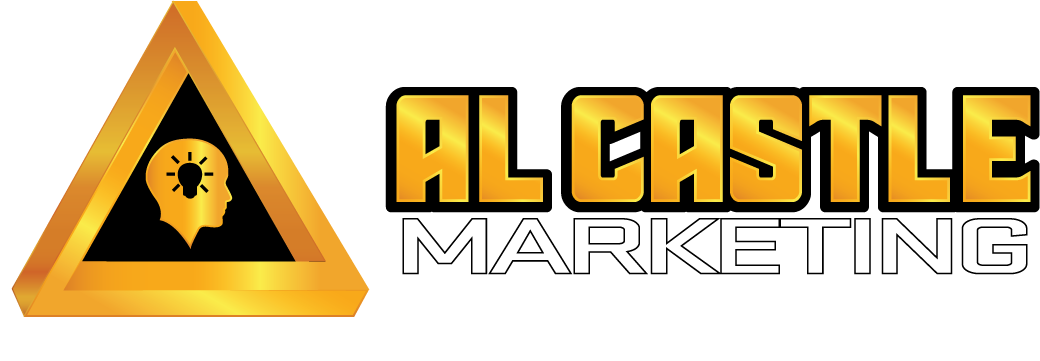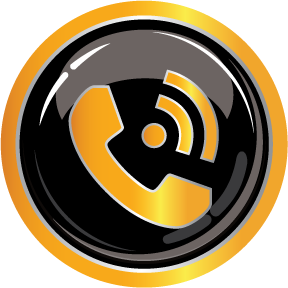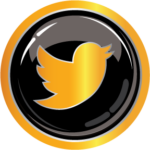Our Secret
The Strategy of Supremacy Marketing System™ –
Is Divided into 2 Parts. They are:
Part 1. The 8 Essential Components of an Effective Marketing System
You must: Be Different. Be Better. And…Do it first!
2. YOUR MARKET
Are potential clients looking for you… or are they looking for someone who does what you do? And, how is your business different – and better – than your competition? How do you find your best customers and clients - who and where they are? What do they need? Can you convert that need into a want?
3. YOUR MERCHANDISE
Create the goods or services that “Sell Themselves.”
5. YOUR MEDIA
Traditional and Digital – Create a balanced attack by choosing the best combination of media for a great marketing ROI! Success is in the strength of the message.
6. YOUR Money
Create an effective, profitable pricing structure by adding value.
7. YOUR METRICS
How, what and when to test for performance and credibility. Effective marketing should produce at least a $5 - $8 return for every $1 spent.
Part 2.
The 5 Essential Components of an Effective Ad.
To be a great ad - your ad, if possible - or any ad should contain the following 5 elements. They are:
2. Your central message
It must educate your prospect by telling them why your offer and your business are different, and better, than your competition – and why. This is your Unique Selling Proposition (USP) – your Strategy of Supremacy. It must make your prospect think your offer is the best possible solution to their problem. Your solution should either move your prospects toward pleasure or away from pain. And, your message should make them think they would be foolish to do business with any company other than yours, regardless of price. This is a great place for a picture or a photo. They will connect your prospect with your offer. You can even use celebrity quotes – if they endorse your idea. Get creative!
Adding value, not taking it, is the key to making a sale.
Use specifics and substantiations, not generalities. Mention benefits, then offer proof. The truth is more important than the facts. If possible, your ads should cause your prospects to imagine a series of personal experiences - ones that are already stored. You should be able to interrupt a story already playing in your prospect's mind. Engage the prospect's imagination, not just offer a visual image. Use testimonials here. They are very powerful selling tools. Use unusual word combinations.

Here are some things about the advertising messages we create you might want to know. We use a marketing technique we call the Fuzz Factor Sales Index to avoid confusing a prospect. Confused minds always say "NO". Here are some interesting facts about sales messages.
- Convenience versus price. Convenience wins. If it didn't, there would be no convenience stores.
- Pain versus gain (pleasure). Pain wins. Negative - as in fear of loss - is a stronger motivator than positive, which is the hope of gain.
- Sight versus sound. Sound wins. Although not as powerful, it stays in the mind 5 times longer.
- Style versus substance. Style wins. Need a balance of both. Example: A diamond - a form of carbon.
- Logic versus emotion. Emotion wins. For purchase decisions, logic only supports emotion.
- Fear wins most of the time - especially when it is used to sell cigarettes. Fear of losing something or of not getting something are big motivators.
- Things that will lessen confusion are: Less words per sentence, less syllables per word, and less words per paragraph.
Fuzz Factor Sales Index: You must communicate at a 6th grade level. Use:
• Simple, clear and compelling headlines. Read like a newspaper
• Simple, clear and compelling words, sentences and paragraphs
• Simple, clear and compelling action steps
• Simple, clear and compelling reasons to take the action your ad recommends
• One simple, clear and compelling proposition. Period.
But, here is another one of Advertising’s Best Kept Secrets! To be effective, your message must use your brand (your USP and SOS) to educate your prospects by getting into their minds and help them visualize how good they will feel if they accept your offer. Your offer must be something your competitors cannot or will not offer.
The Strategy of Supremacy Marketing System™ –
Learn more about our unique, secret marketing strategy that consists of 8 parts in a step by step formula that sets you up for proven results and success.








